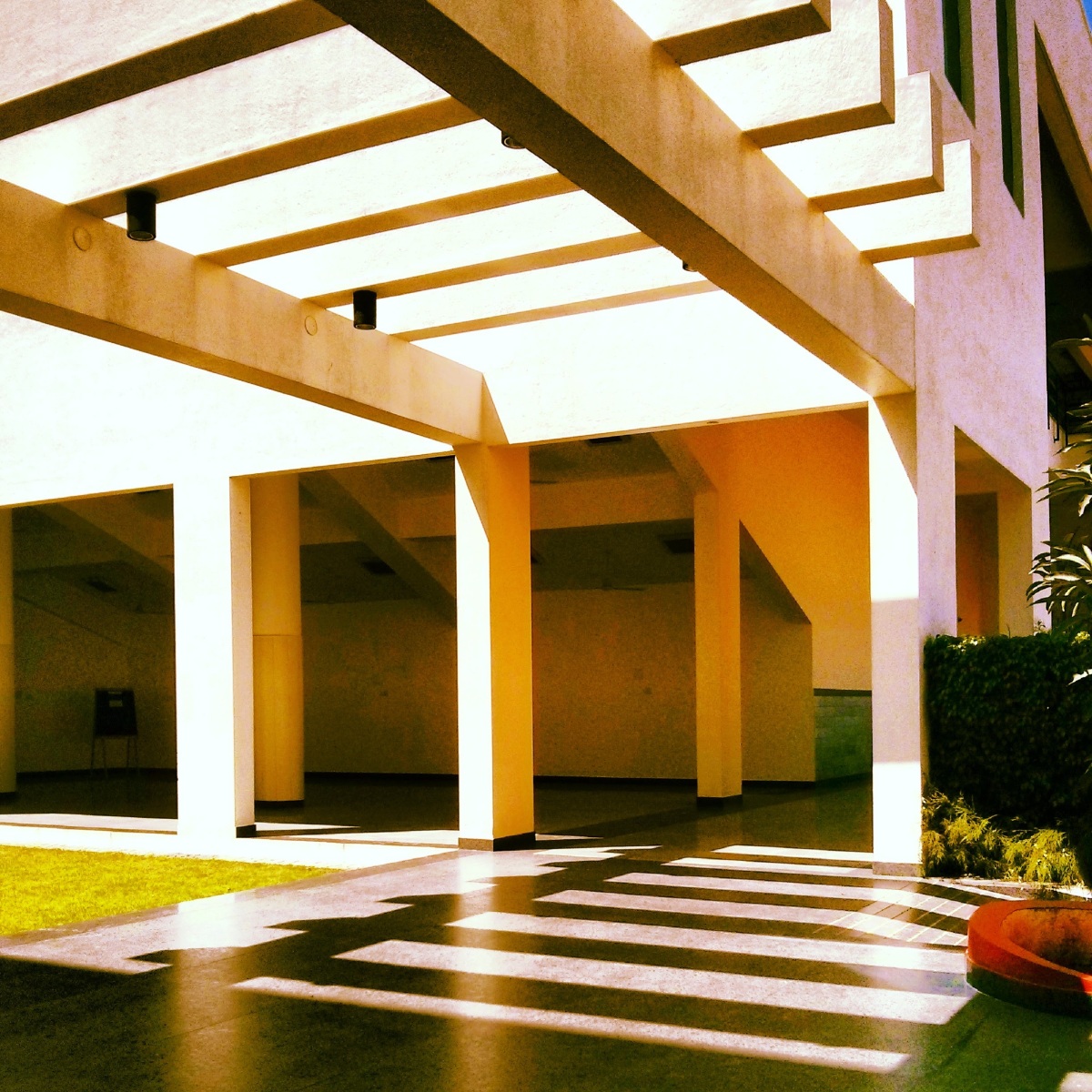
This is it. This is the thought that started this blog.
One evening, coming back from work with all the self doubt and insecurities that comes with being a freshly passed out doctor being thrust into the unfamiliar surroundings of a new hospital, new guidelines and rules, I realised that I had become ‘institutionalised’. I was too used to following orders, protocols. Sure, I had been taught how to examine, diagnose and treat, but the algorithm of a large 1500 bedded hospital had lulled me into working at an (almost) spinal level.
As I worked through the first few months of my ICU tenure in this 200 bedded hospital, I learnt that I would have to come up with my own algorithms. I learnt that its not about being right all the time, but being wrong the least number of times.
And I made my own rules. As I’m nearing the end of my ICU stint, and going into more unfamiliar surroundings (again!), I realise now more than ever that what I need to take with me, apart from my knowledge of medicine, is my philosophy of medicine.
This is how it goes:
1. First, do no harm.
2. Do not prolong life when chances of survival are bleak.
3. Involve family on ventilator decisions early.
4. History, history, history.
5. Constantly read. Ask for help. Choose only after knowing the available choices.
6. Empathize. But don’t let it cloud your decision making.
7. Worry. About patients, treatment decisions and how much of what you’re doing will work. It helps.
8. It is necessary to be impatient to get work done fast and get fast results. But it also necessary to be patient in order to give the patient time to respond.
9. Consider this. You are imposing western standards of practice, western philosophies of life, family and social norms on an environment which may be of eastern mindset or western mindset or a mix of both. So take your time. Learn how to go about things the cautious way, the aggressive way, the respectful way, the minimalistic way, the least painful way.
10. Make your own protocols.
11. Put the patient’s wishes above that of the family’s.
12. Question everything. Patients, colleagues, current medical guidelines, the sensibility of medical decisions, and the rationale behind applying textbook (or trial) conclusions to individual case scenarios.
13. Think about what you don’t like in the current medical scenario you are working in and what you want to do to change it. It is as important to know the solution as it is to know the problem.



